
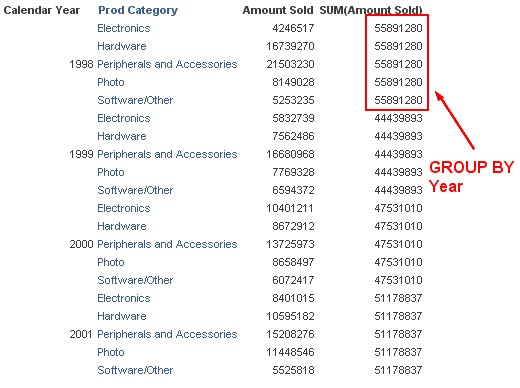
SQL Tutorial SELECT Statement — Extended Query Capabilities This subsection details the remaining features of SELECT statements. The basics are …
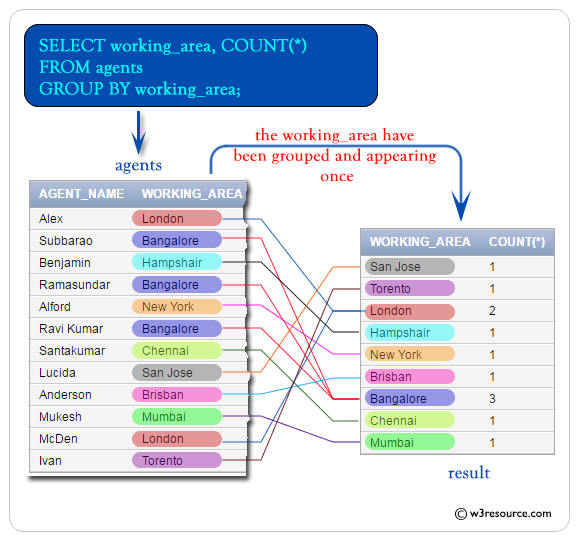
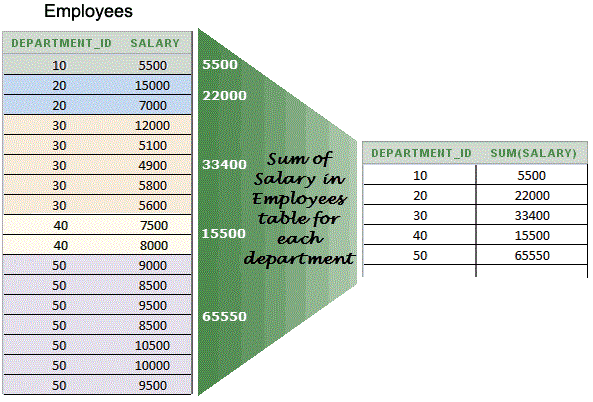
The SQL GROUP BY statement is used together with the SQL aggregate functions to group the retrieved data by one or more columns. The GROUP BY concept is one of the most complicated concepts for people new to the SQL language and the easiest way to understand it, is by example.
I have two tables in Hive, t1 and t2 >describe t1; >date_id string >describe t2; >messageid string, createddate string, userid int > select * from t1 limit 3; > 20

An aggregate function performs a calculation on a set of values, and returns a single value. Except for COUNT, aggregate functions ignore null values. Aggregate functions are often used with the GROUP BY clause of the SELECT statement. All aggregate functions are deterministic. In other words
SQL Aggregate Functions. How to work with SQL Aggregate Functions – MIN, MAX, AVG, COUNT, SUM.

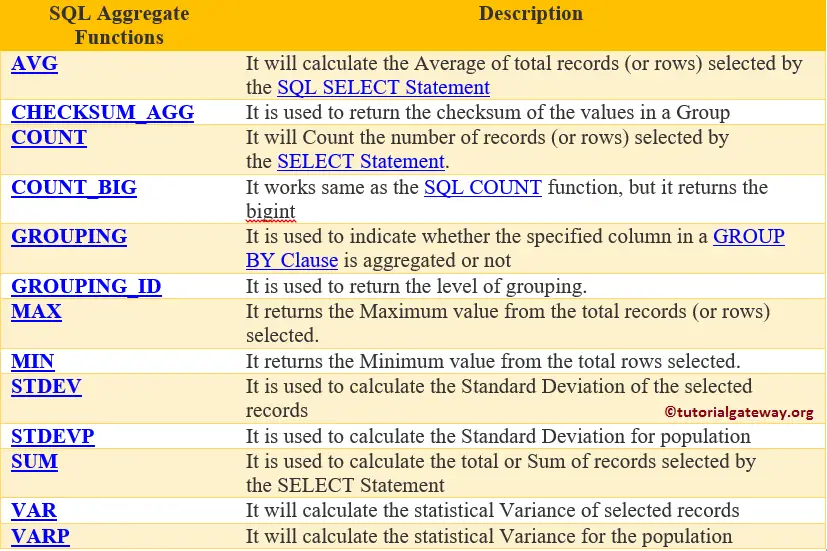
The SQL GROUP BY statement is used along with the SQL aggregate functions like SUM to provide means of grouping the result dataset by certain database table column(s).
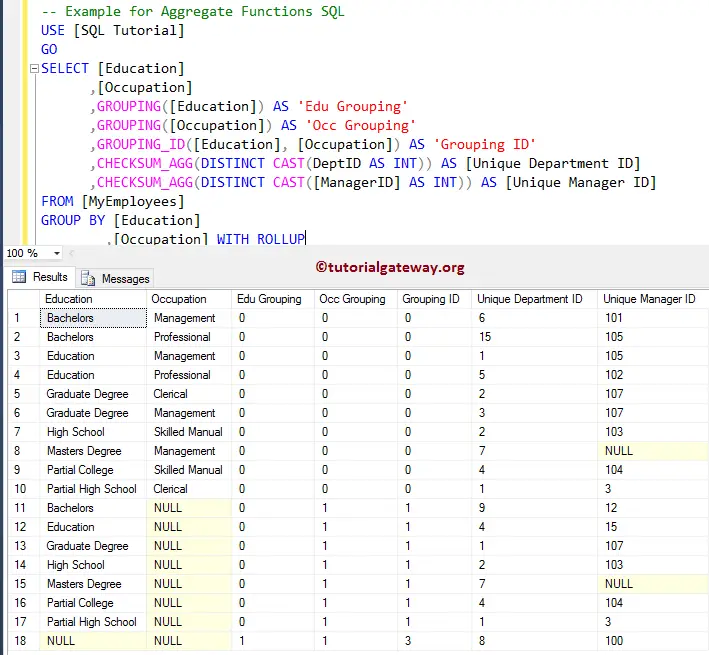
A SQL lesson focusing on how to use the SQL GROUP BY clause. This lesson includes examples and practice problems teaching you how to group data in your SQL queries.
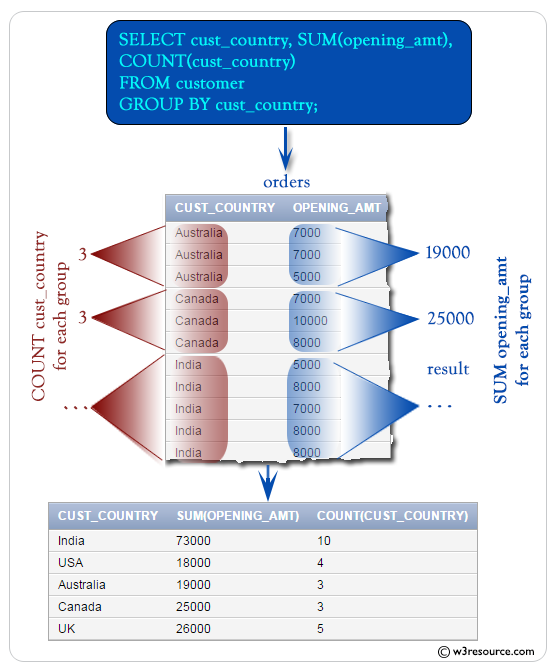
I have a column that looks something like this: CASE WHEN col1 > col2 THEN SUM(col3*col4) ELSE 0 END AS some_product And I would like to put it in my GROUP BY clause, but this seems to

The SQL GROUP BY clause is used along with the SQL aggregate functions and specifies the groups where selected rows are placed. WHEN one or more aggregate functions are presented in the SQL SELECT column list, the SQL GROUP BY clause calculates a summary value for each group.
This tutorial shows you how to use the SQL GROUP BY clause to divide the result set into groups of rows and apply an aggregate function for each group.